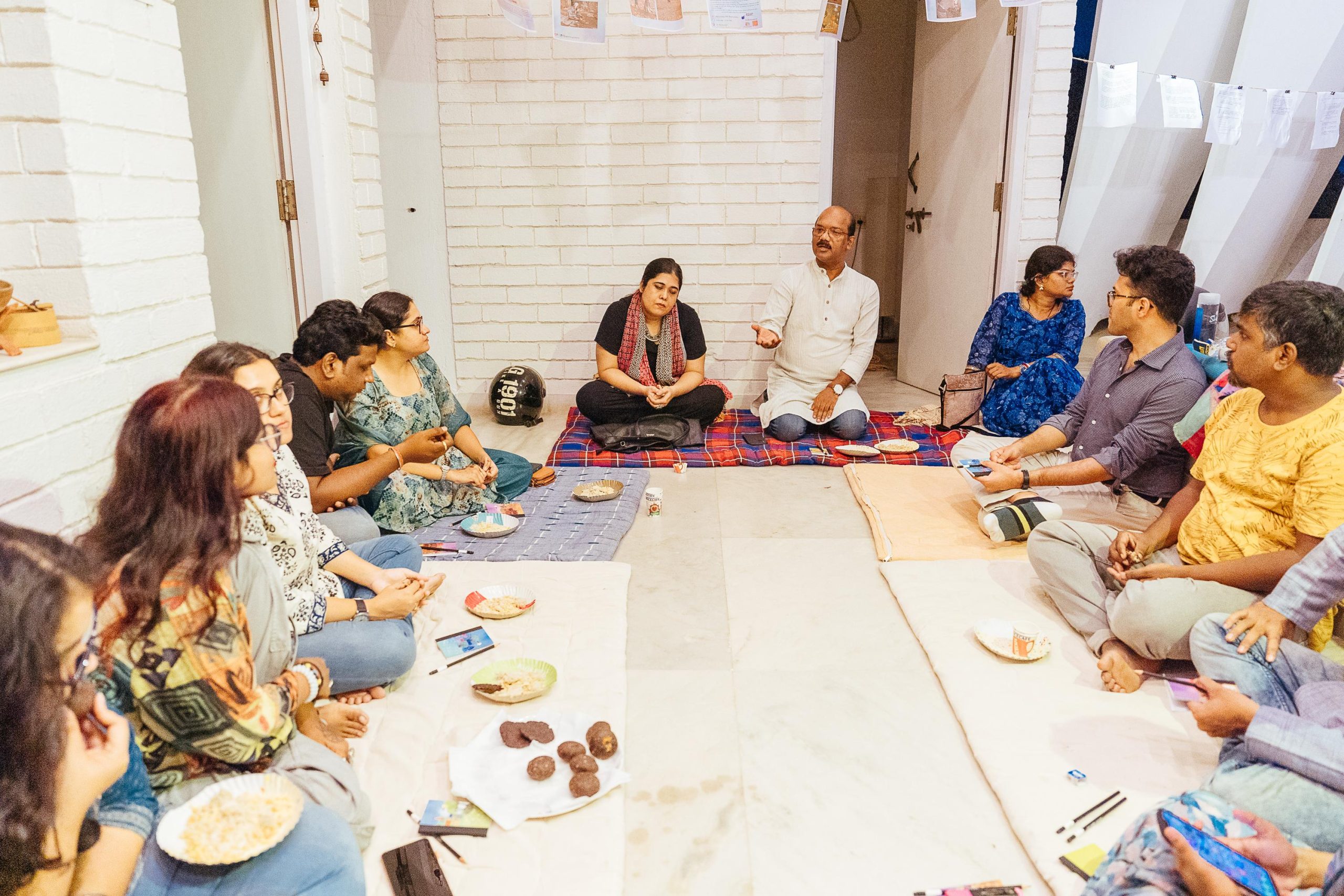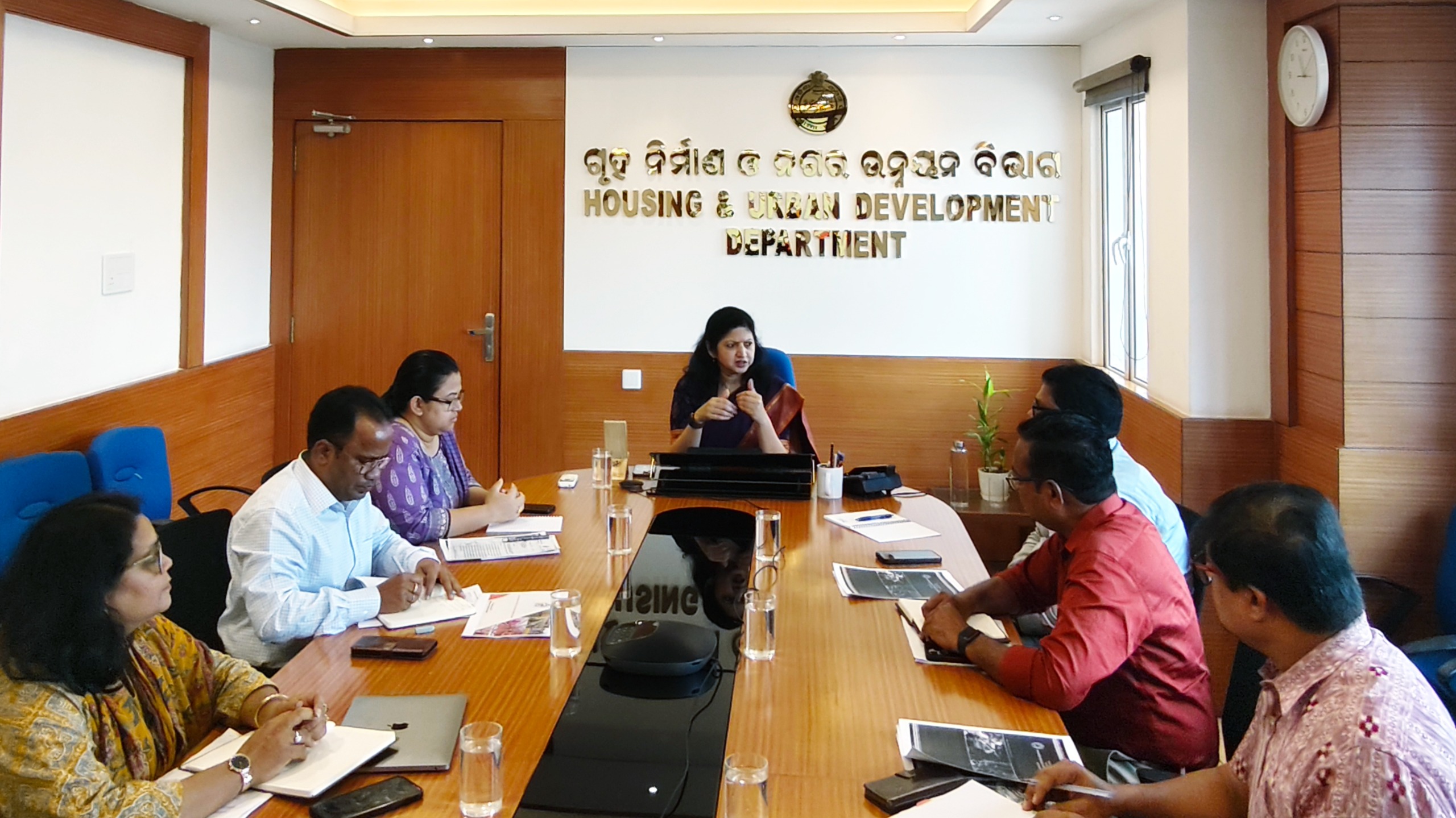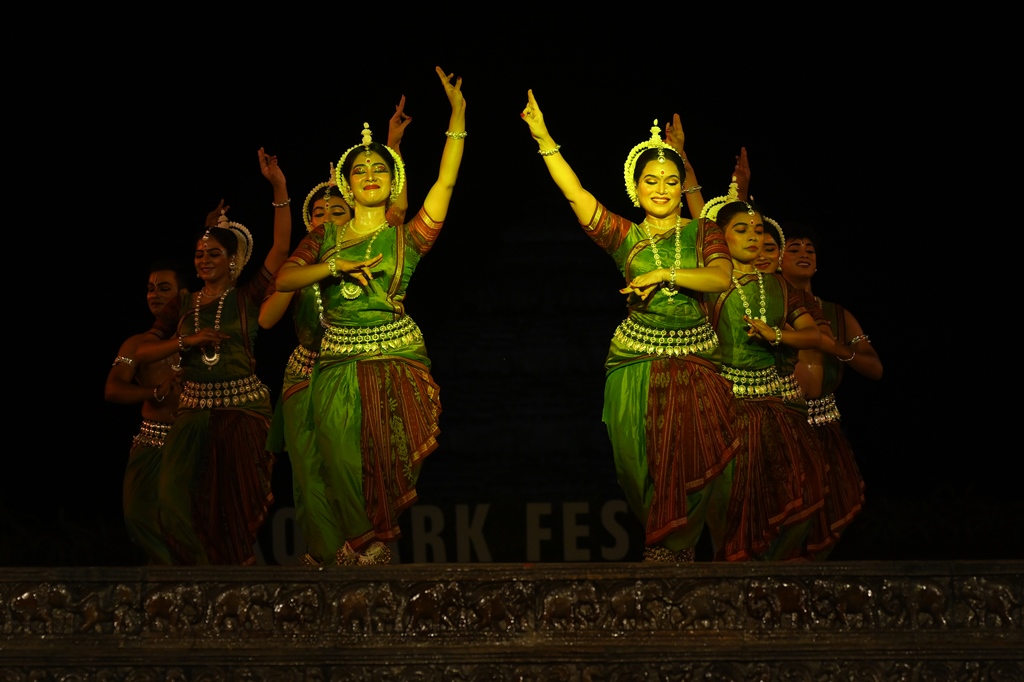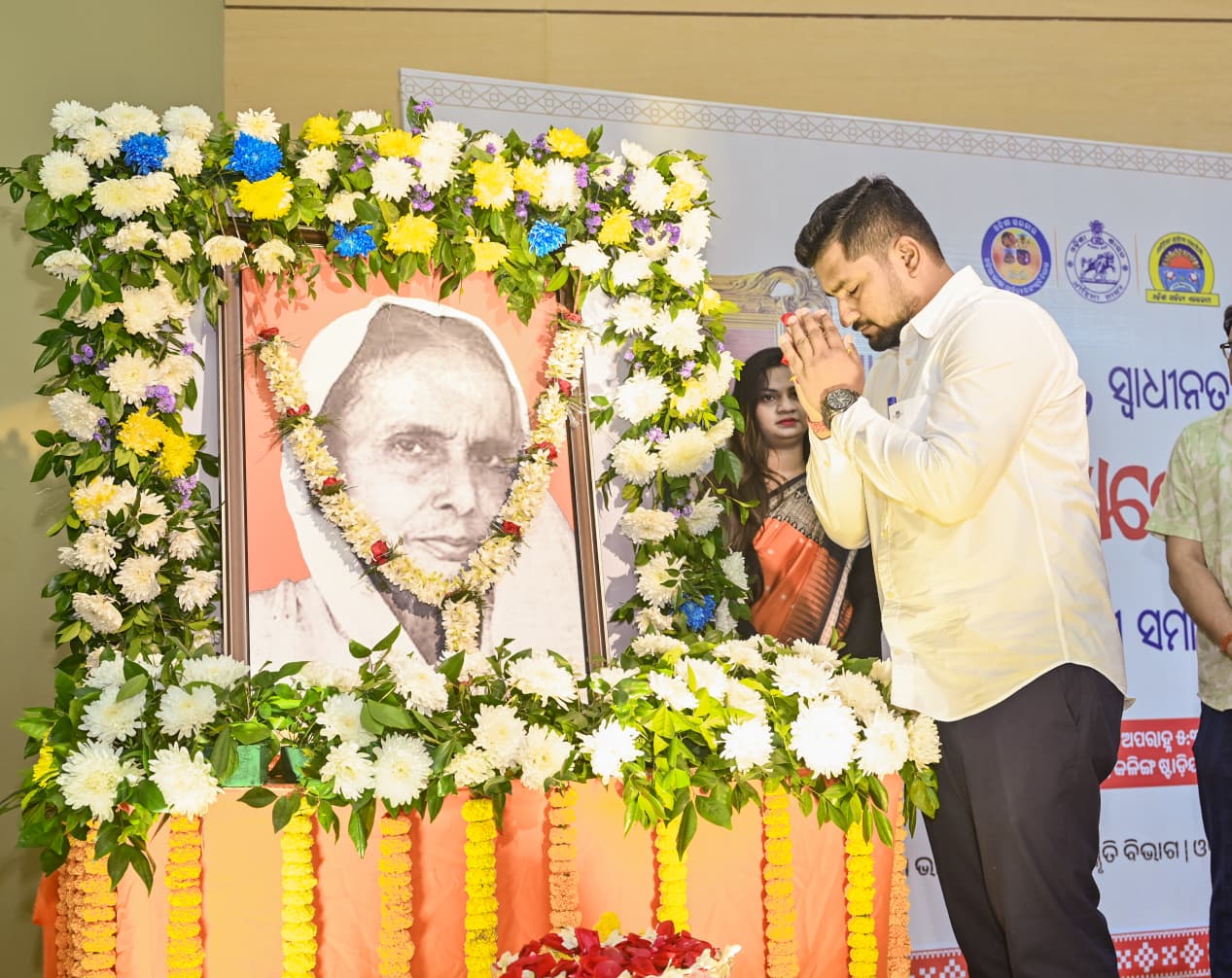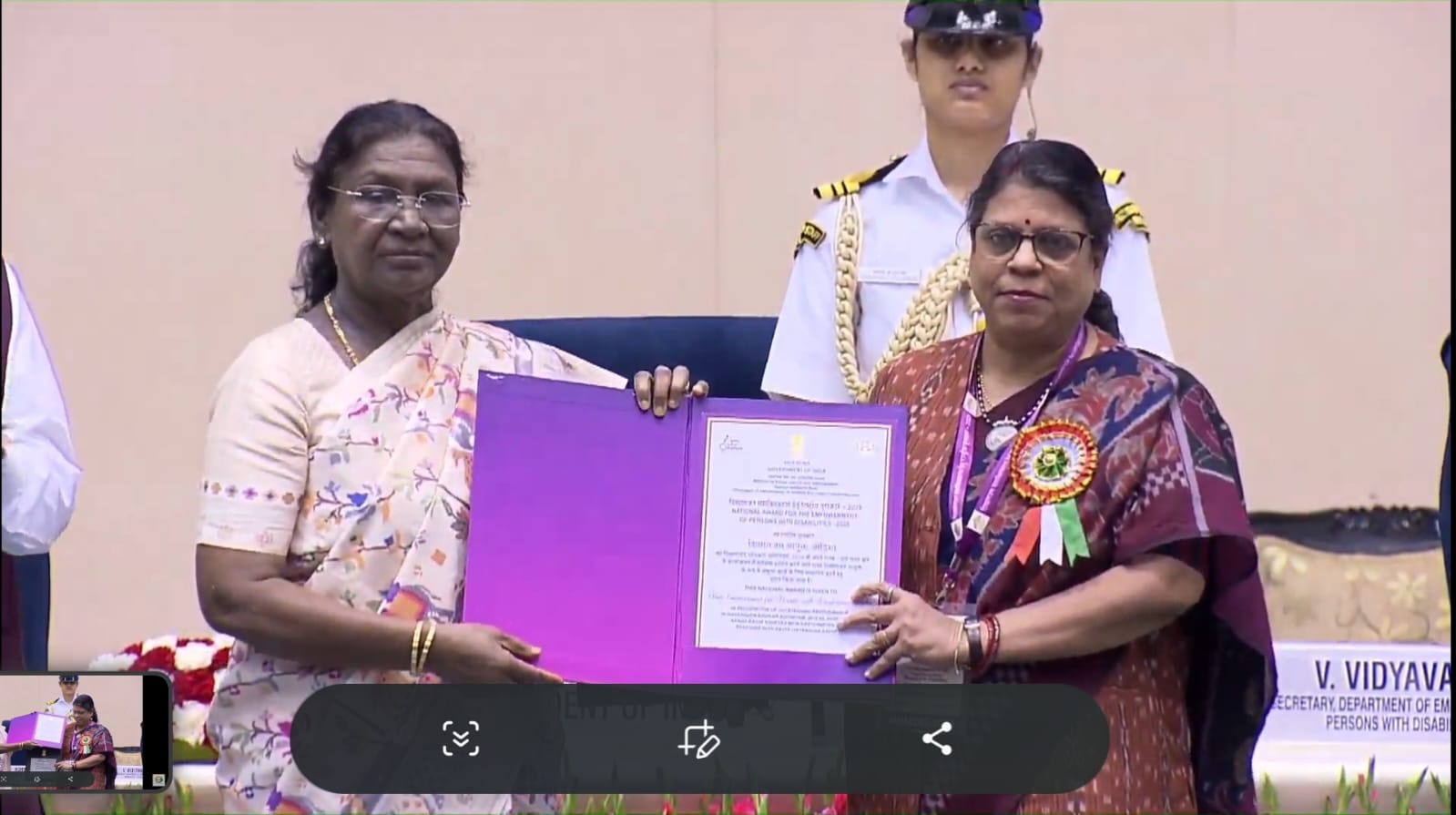Bhubaneswar: The second circle of Odisha Manaska convened in Palaspalli, Bhubaneswar, to reflect on a thought-provoking question: “Do dying practices contribute to an identity crisis or redefine our identities?” Attended by individuals from various backgrounds, the discussion focused on how the erosion of traditional practices affects cultural identity and self-perception.
Participants examined the evolution of social practices shaped by geography, history, faith, and modernization. Customs such as language and rituals were discussed as anchors of cultural identity, connecting individuals to their heritage. However, as societies modernize, these long-standing traditions often fade, raising questions about whether their disappearance results in an identity crisis or fosters a redefinition of cultural selfhood.
The influence of monoculture and capitalism was highlighted as a significant factor eroding local traditions. As global capitalism imposes a singular cultural narrative, many local customs are overshadowed, leading to a collective identity crisis. Communities struggling to preserve their cultural distinctiveness in the face of modernization find themselves disconnected from their roots.
Urbanization and development were also explored as contributors to the extinction of cultural practices. While participants agreed that traditions must evolve with the times to survive, they also expressed concern that the loss of these customs could create a cultural vacuum, leaving people disconnected from their heritage.
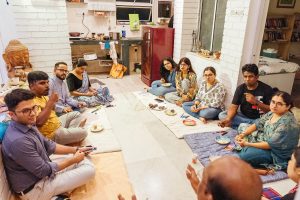
Another key focus was the disruption of intergenerational transmission of cultural identity. Traditionally, older generations passed down customs and traditions, but modern education and exposure to globalized culture have weakened this chain. Younger generations, increasingly detached from ancestral practices, grapple with how to maintain cultural continuity in an ever-changing world.
The discussion also addressed the gendered expectations within cultural practices. In patriarchal societies like Odisha, women have long been responsible for upholding traditions. However, as women gain more educational and professional opportunities, the pressures to maintain these practices are becoming untenable. As a result, many social customs are dying out, not from irrelevance, but due to the modern pace of life.
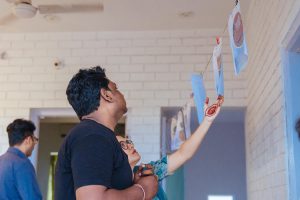
The conversation then shifted to how modern communities redefine their identities by blending elements from other cultures. While this assimilation is often seen as natural, participants warned of the uncritical adoption of dominant cultures, often shaped by capitalism or Western norms. They emphasized that this could dilute indigenous identities and further erode local traditions.
The rigidity of traditional practices, particularly those rooted in caste, was also examined. Many customs, participants noted, can only survive if they adapt to contemporary realities, as younger generations increasingly rebel against the inflexibility of outdated traditions. The discussion called for more inclusivity and recognition of marginalized communities, whose practices are often overlooked.

Concluding the event, participants reflected on the balance between preserving cultural heritage and embracing change. While the loss of certain traditions might seem troubling, it also offers an opportunity for communities to redefine their identities in a way that reflects modern values without losing connection to their roots. The Odisha Manaska circle emphasized the need for thoughtful reflection on this evolving relationship between tradition and modernity.

